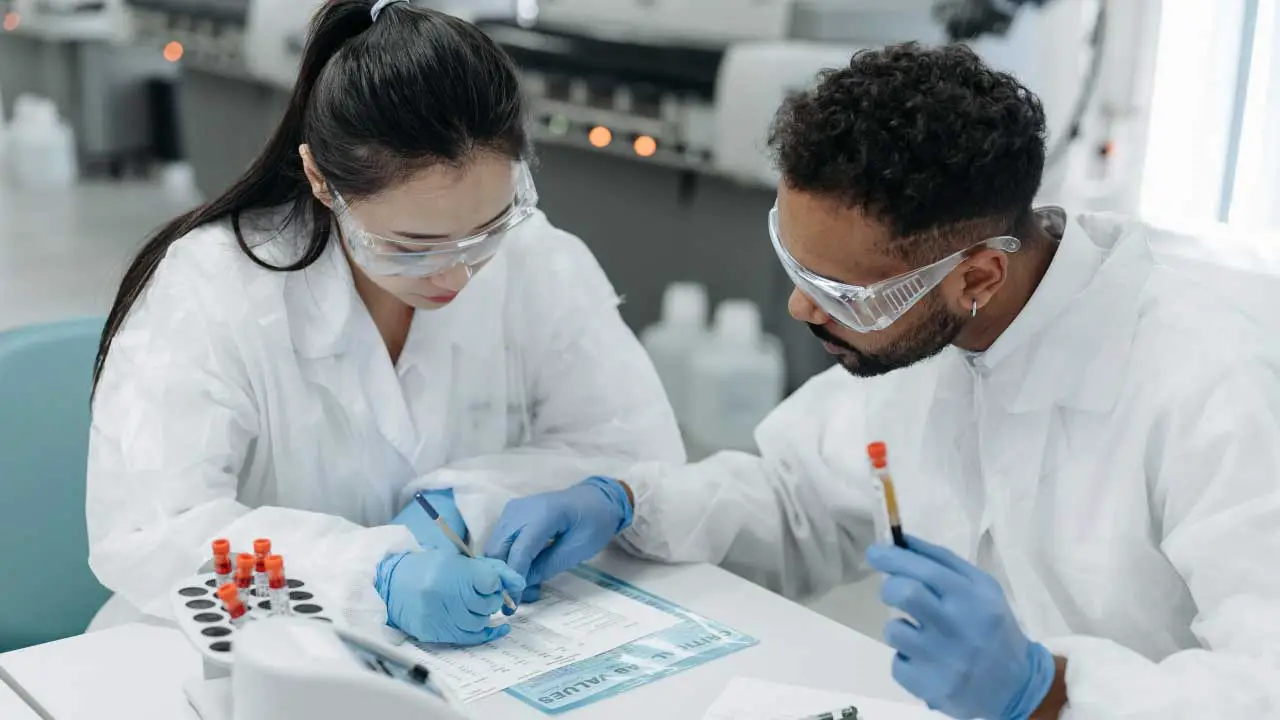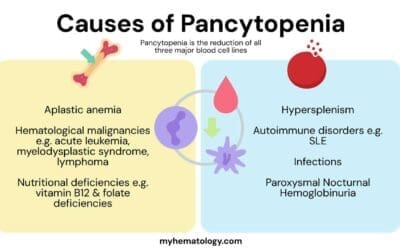Introduction
Hemolysate, a suspension of lysed red blood cells, plays a crucial role in both Hb electrophoresis and alkaline denaturation tests. These tests rely on the biochemical properties of hemoglobin to differentiate between different types of hemoglobin and detect the presence of fetal blood.
Principle of Hemolysate Preparation
Preparation of hemolysate hinges on the controlled lysis of red blood cells (RBCs) to release their internal contents, particularly the protein hemoglobin without damaging the hemoglobin structure. This process, while seemingly simple, demands precise execution to ensure reliable results.
By introducing a detergent or hypotonic solution, the RBC membranes are gently broken down. These agents disrupt the phospholipid bilayer, the protective barrier surrounding the RBCs, causing them to burst and release their internal contents. The resulting solution, a mixture of hemoglobin and other cellular components, constitutes the raw hemolysate.
In some cases, further purification may be necessary. Filtration or gel filtration can be employed to remove cell debris and other unwanted components, resulting in a clear and concentrated hemolysate ideal for specific analyses.
Finally, the concentration of hemoglobin in the hemolysate must be carefully measured and adjusted to fall within the recommended range for each downstream test. Too little hemoglobin can lead to weak or invisible bands in electrophoresis, while too much can distort the results.
Materials
- EDTA peripheral blood sample
- Saline
- Distilled water
- Filter paper
- Glass tubes 5 ml
- Pipettes and micropipettes
- Vortex mixer
- Detergent or hypotonic solution (e.g., Triton X-100, ammonium chloride)
- Fine Pasteur pipette
- Optional: Toluene, carbon tetrachloride (CCl4), or chloroform
Protocol
- Collect 3 mL of fresh blood in an EDTA-anticoagulated tube.
- Transfer the blood to a glass tube.
- Centrifuge the blood at 3000 rpm (1006 g) for 5 minutes.
- Carefully remove the plasma layer without disturbing the red blood cells.
- Wash the red blood cells three times with saline solution.
- After each wash, centrifuge the sample according to step 3 and remove the supernatant.
- Following the final wash, note the volume of packed red blood cells.
- Choose the appropriate lysis method based on the desired application:
- Detergent Lysis: Add a volume of detergent solution (e.g., Triton X-100) according to the manufacturer’s instructions.
- Hypotonic Lysis: Add 0.75 times the volume of packed red blood cells with distilled water.
- Mix the lysed red blood cells with a vortex mixer for 2-3 minutes.
- (Optional) Add 0.5 times the volume of packed red blood cells with toluene, carbon tetrachloride (CCl4), or chloroform.
- Mix the solution vigorously with a vortex mixer for 2-3 minutes.
- Centrifuge the solution at 3000 rpm (1006 g) for 15 minutes.
- Using a fine Pasteur pipette, carefully remove the clear hemolysate layer located below the red cell membrane plug (stroma) or at the top of the solution (if using solvents).
- Wet a filter paper with distilled water to prevent complete absorption of the hemolysate.
- Filter the hemolysate to obtain a clear solution.
- Store the hemolysate at 4°C for immediate use.
- For long-term storage, aliquot the hemolysate and freeze at -80°C. Thaw frozen hemolysate on ice before use.
Interpretation
The clear and transparent hemolysate indicates successful lysis of the red blood cells and minimal contamination with other cellular components. The hemoglobin concentration is within the expected range for the patient’s age, sex, and other relevant clinical factors.
These results suggest that the hemolysate is suitable for use in further analyses, such as Hb electrophoresis and alkaline denaturation test. However, additional quality control procedures may be necessary depending on the specific downstream application.
Further Considerations:
- The measured hemoglobin concentration should be interpreted in the context of the patient’s clinical history and laboratory findings.
- Any deviations from the expected range should be investigated further to determine the underlying cause.
- The specific interpretation of the results may vary depending on the intended use of the hemolysate.
Note: This is a general example of a results and interpretation section for hemolysate preparation. The specific content and interpretation will vary depending on the individual patient and the specific testing procedures used.
There are several methods to measure the concentration of hemoglobin in the hemolysate, each with its own advantages and disadvantages:
1. Spectrophotometry
This is the most common and widely available method. It utilizes the principle that hemoglobin absorbs light at a specific wavelength (540 nm for oxyhemoglobin). By measuring the absorbance of the hemolysate at this wavelength and comparing it to a standard curve, the hemoglobin concentration can be determined.
Advantages
- Fast and easy to perform.
- Requires minimal equipment.
- Relatively inexpensive.
Disadvantages
- May be inaccurate for high or low hemoglobin concentrations.
- Susceptible to interference from other substances in the hemolysate.
2. Cyanmethemoglobin method
This method involves converting hemoglobin to cyanmethemoglobin, a stable derivative with a unique absorption spectrum. By measuring the absorbance of the cyanmethemoglobin solution at a specific wavelength (540 nm), the hemoglobin concentration can be calculated.
Advantages
- More accurate than spectrophotometry for high and low hemoglobin concentrations.
- Less susceptible to interference from other substances.
Disadvantages
- More time-consuming than spectrophotometry.
- Requires additional reagents and equipment.
3. Automated hematology analyzer
Modern hematology analyzers can measure hemoglobin concentration directly using various technologies, such as flow cytometry or Coulter principle.
Advantages
- Fast and accurate.
- Requires minimal hands-on time.
- Provides additional blood cell parameters.
Disadvantages
- Requires specialized equipment.
- More expensive than other methods.
Choosing the right method
The best method for measuring hemoglobin concentration in the hemolysate depends on various factors, including:
- Desired accuracy: If high accuracy is required, the cyanmethemoglobin method or an automated hematology analyzer may be preferred.
- Available resources: If resources are limited, spectrophotometry may be a more practical option.
- Sample volume: Some methods require larger sample volumes than others.
- Downstream analysis: Certain methods may be preferred depending on the subsequent analysis performed on the hemolysate.
It is important to consult the relevant laboratory manual or reagent instructions for detailed procedures and specific considerations when choosing and using a method for measuring hemoglobin concentration.
Disclaimer: This protocol is intended for informational purposes only and may need to be modified depending on the specific laboratory procedures and patient circumstances. Always consult with a qualified healthcare professional for guidance. See additional information.




